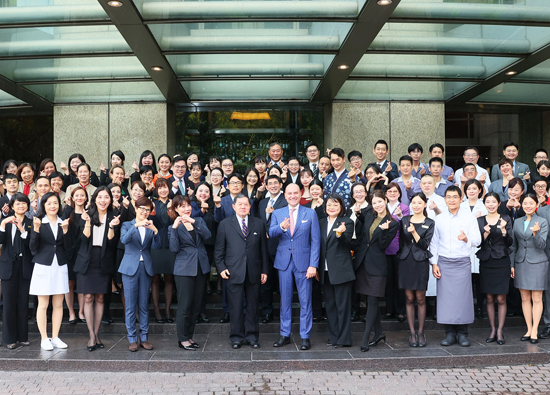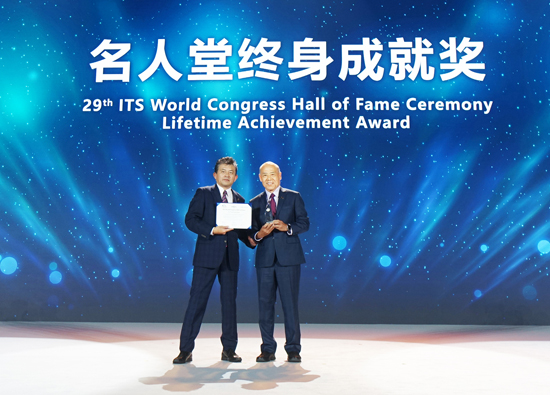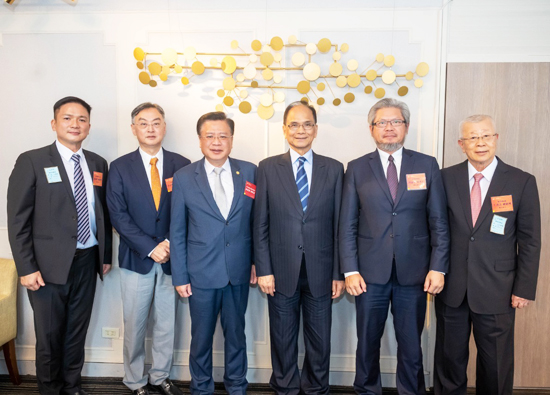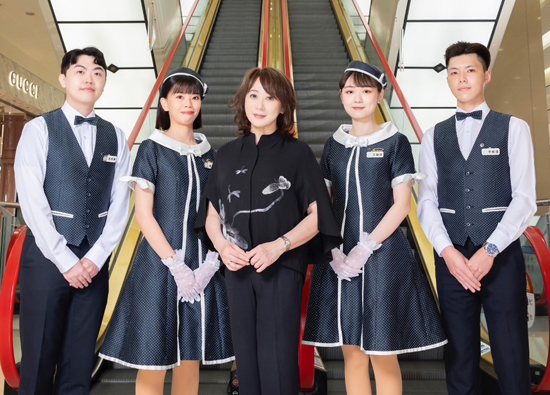12.2023 Honor and Personnel Change
Asia Cement Corporation Recycled Economy Innovates the Value of Fan Scrap Recycling
Asia Cement Corporation / Yan Jialu

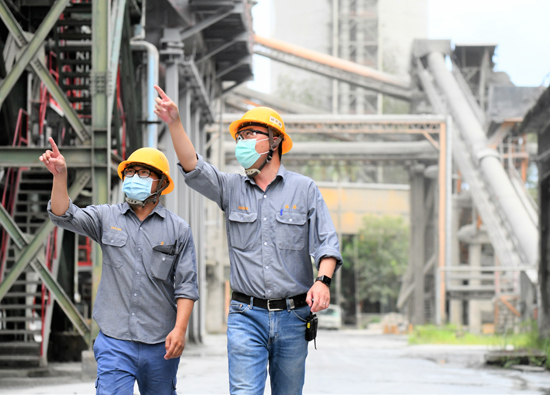
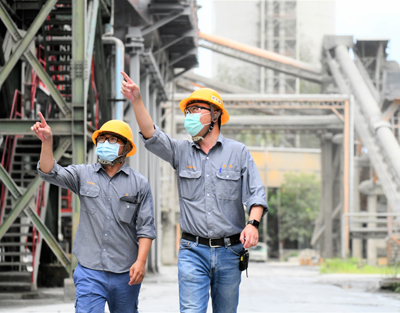 Asia Cement Corporation, with the mission of Sustainability Development, is committed to mitigating environmental impacts through technological innovation and optimal resource utilization. It has not only once again received the "Net Zero Mark" certification from the Taiwan Net Zero Action Alliance, but also won the highest ESG honor "Annual Model Award" at the 4th Taiwan Recycled Economy Awards on October 27th. Zhang Zhipeng, Vice President and Senior Executive Vice President representing the award recipient, stated that the company's developed recycled economy technology has made a revolutionary breakthrough. By utilizing the high-temperature characteristics of cement kilns, the scrapped and recycled fan blades are transformed into alternative raw materials and fuels required for the cement process, which can be regarded as a pioneering move in Taiwan.
Asia Cement Corporation, with the mission of Sustainability Development, is committed to mitigating environmental impacts through technological innovation and optimal resource utilization. It has not only once again received the "Net Zero Mark" certification from the Taiwan Net Zero Action Alliance, but also won the highest ESG honor "Annual Model Award" at the 4th Taiwan Recycled Economy Awards on October 27th. Zhang Zhipeng, Vice President and Senior Executive Vice President representing the award recipient, stated that the company's developed recycled economy technology has made a revolutionary breakthrough. By utilizing the high-temperature characteristics of cement kilns, the scrapped and recycled fan blades are transformed into alternative raw materials and fuels required for the cement process, which can be regarded as a pioneering move in Taiwan.As the threat of global warming intensifies, Taiwan is actively developing various renewable energy sources, with wind power being the most eye-catching. However, the use of fiberglass reinforced plastic composite (FRP) materials for wind turbine blades remains a major challenge after retirement. To this end, Asia Cement Corporation collaborated with the Resource and Recycling Agency of the Ministry of Environment and the Industrial Technology Research Institute to develop the "Cement Kiln Collaborative Treatment of Waste Fan Blade Technology".
Asia Cement Corporation pointed out that in the FRP material of discarded fan blades, non combustible materials account for 60%, mainly silicon oxide, calcium oxide, and aluminum oxide, which can replace cement raw materials such as limestone and clay; Forty percent of the resin components with calorific value can replace coal for use. This innovative technology can effectively handle waste while reducing natural mineral consumption. Currently, about 9 tons of discarded wind turbine blades from Taiwan Power Grid have been successfully processed. It is expected to further test 12 tons of discarded wind turbine blades in early November, providing a sustainable solution for Taiwan's renewable energy industry.
On the other hand, due to the refrigerant being fluorochlorocarbons, which are not easily decomposed, the treatment is quite challenging. After multiple experiments and tests, Asia Cement Corporation has developed the first set of refrigerant feeding equipment dedicated to cement kilns in Taiwan. The high-pressure liquid cold coal in barrels is first converted into gas, and then sent to the cement kiln for high-temperature decomposition after strict and stable measurement. According to statistics, a total of 20.67 metric tons of R-12 and R-22 refrigerants will be destroyed in 2022, which is equivalent to a reduction of 209000 metric tons of CO2e, and approximately 543 Da'an Forest Parks will have carbon adsorption capacity in one year; This year, approximately 17 metric tons of smuggled refrigerants will be continuously destroyed by customs to assist the government in addressing environmental issues and fulfilling corporate social responsibility.
This year is an important year for Asia Cement Corporation to integrate its upstream, midstream, and downstream industrial chains and implement energy conservation and carbon reduction. The company has established a 1+N (leading manufacturer+industry chain) carbon reduction system to promote green transformation, with a total of 15 manufacturers participating in large-scale carbon reduction projects, covering areas such as concrete manufacturing, cement products, and sand and gravel manufacturing. Through sharing net zero experience, holding carbon management workshops, greenhouse gas inventory, and energy-saving diagnosis programs, the company collaborates with all partners to improve carbon emissions and create green business opportunities.
#


